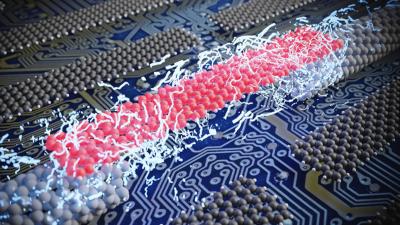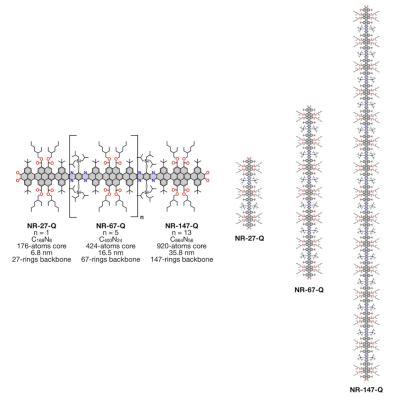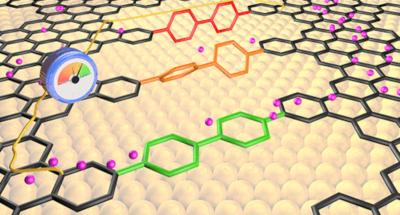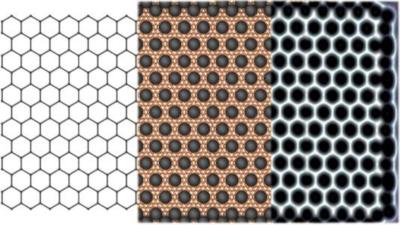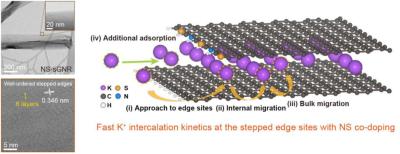Researchers grow graphene nanoribbons in hBN stacks
Van der Waals encapsulation of 2D materials in hBN stacks could be a promising way to create ultrahigh-performance electronic devices. However, current approaches for achieving van der Waals encapsulation, which involve artificial layer stacking using mechanical transfer techniques, are difficult to control, prone to contamination and unscalable.
Researchers at Shanghai Jiao Tong University, Wuhan University, Ulsan National Institute of Science and Technology, National Institute for Materials Science and Tel Aviv University recently reported the transfer-free direct growth of high-quality graphene nanoribbons (GNRs) in hexagonal boron nitride (hBN) stacks. The as-grown embedded GNRs exhibited highly desirable features being ultralong (up to 0.25 mm), ultranarrow (<5 nm) and homochiral with zigzag edges.
